Singapore’s Lee Kuan Yew on China’s economic prowess, cultural handicaps and the balance of power in the Pacific.
‘I believe that during the next 30 years, the Chinese will have no desire to enter into a conflict with the US. They know they will continue to grow stronger, but they are also aware of how far behind they are technologically. They require continued access to American schools so their students can learn how to reinvent themselves.’ Lee Kuan Yew, 2013
– – –
Once China catches up – what then?
By Lee Kuan Yew
Source – Straits Times, Published Sep 27, 2013

Pedestrians walk past commercial buildings in Shanghai. In 2020, China’s per capita GDP is projected to reach US$10,000, one-fifth that projected for the US. And China’s population will remain four times that of the US. — PHOTO: BLOOMBERG
BARRING any major disruption, the speed at which China is growing in terms of total gross domestic product will enable it to catch up with the US by 2020. China will then go on to surpass America.
During the 1978-2011 period, China’s high average rate of growth – about 10 per cent annually – was the result of Deng Xiaoping’s 1978 trip to Singapore and his subsequent decision to implement economic reforms and open the economy to international investment. During that period, the US economy’s annual growth rate was 2 per cent to 3 per cent.
Despite the financial debt crisis in Europe and the turmoil in US markets over the past few years, China’s economy has continued to register strong growth. According to the World Bank, China’s US$8.22 trillion (S$10.3 trillion) economy is now the second largest in the world, compared with the US$15.68 trillion US economy. China is the world’s largest exporter and its second-largest importer. The recent global economic crisis has allowed China to close its economic gap with the world’s top developed nations.
In 2012, China’s per capita GDP was US$9,233, compared with US$49,965 in the US. In 2020, China’s per capita GDP is projected to reach US$10,000, one-fifth that projected for the US. China’s population in 2012 was 1.4 billion, America’s 316.5 million. In 2020, China’s population will remain four times that of the US. China’s economic growth rate will continue to increase at a much higher rate because the base upon which its economy will grow is enormous in comparison.
Please click here to read the entire article at the Straits Times online.
Read the rest of this entry »
Filed under: Beijing Consensus, China Dream, Chinese Model, Collectivism, Culture, Domestic Growth, Economics, Education, Government & Policy, Hard Power, Ideology, Influence, International Relations, Mapping Feelings, Modernisation, Peaceful Development, Politics, Public Diplomacy, Reform, Soft Power, Straits Times, Strategy, Tao Guang Yang Hui (韬光养晦), The Chinese Identity, Trade, U.S.
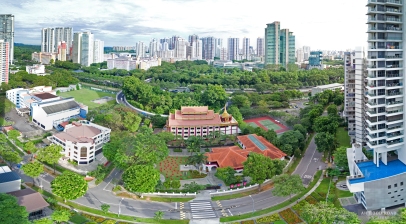






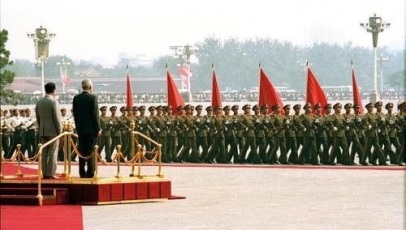
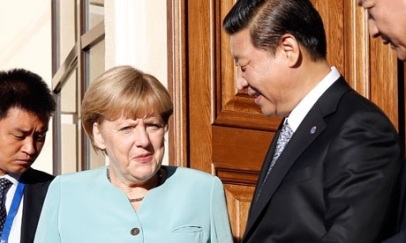






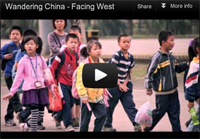

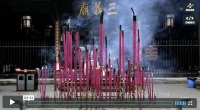



The Sharing Circle